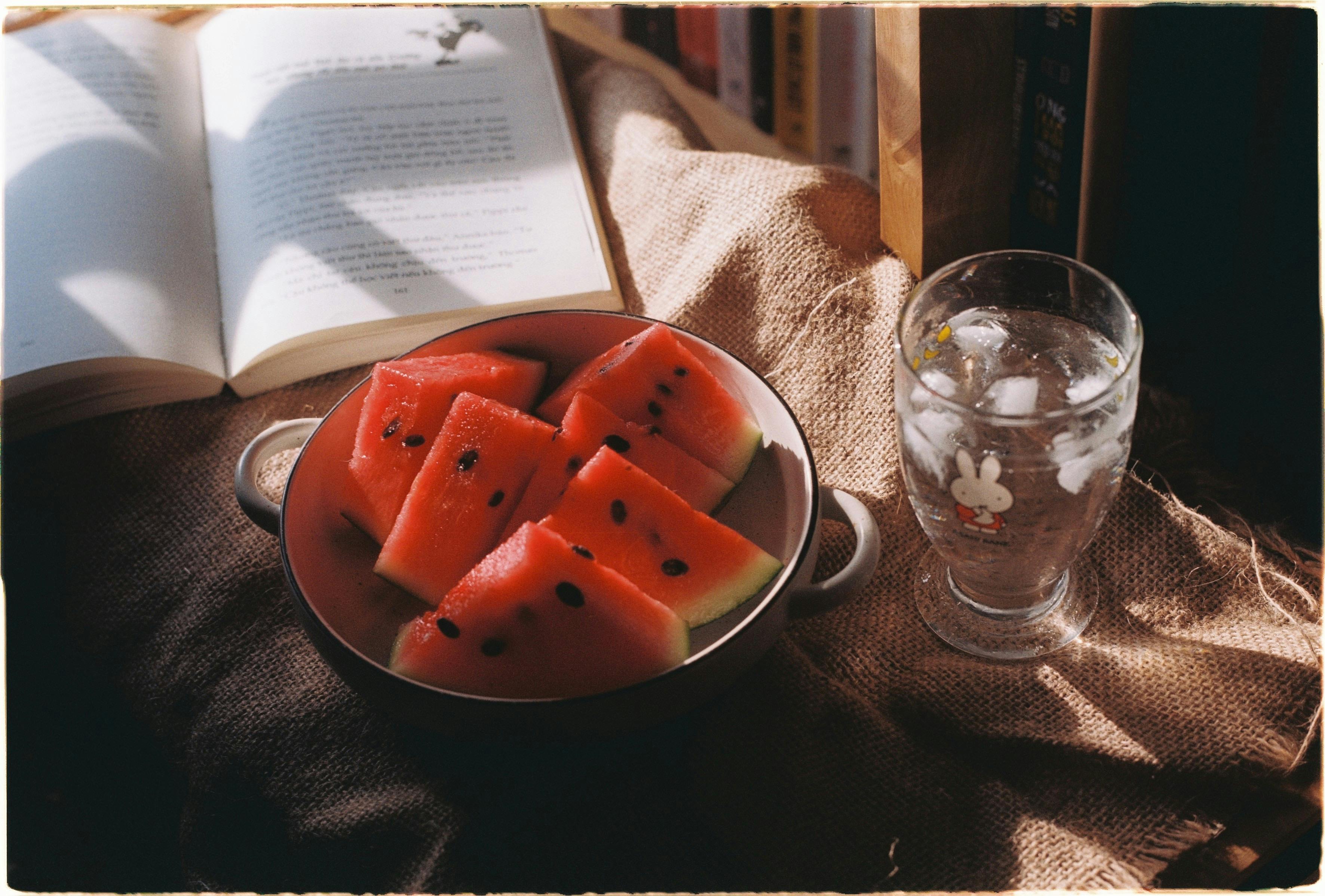Watering pumpkins regularly is an important part of the pumpkin growing process. How often you should water your pumpkin plants will depend on a variety of factors including weather conditions, soil type, and the size of the plant. In general, pumpkins should be watered deeply and thoroughly once or twice per week. During hot weather, you may need to water more often. It’s important to monitor how much water your pumpkin plants are receiving to ensure they stay healthy and produce a good yield.It is recommended to water pumpkins once a week, providing 1 to 2 inches of water. The soil should be kept moist but not wet. If the soil is too wet, the pumpkin plants may suffer from root rot.
Factors Affecting Pumpkin Watering Frequency
Pumpkins require regular watering throughout the growing season to ensure that they produce a healthy crop. The frequency of waterings depends on several factors, such as soil type, climate, and the stage of growth. Understanding these factors is essential for ensuring that pumpkins get the right amount of water to produce a bountiful harvest.
Soil Type
The type of soil can affect how often pumpkins need to be watered. Sandy soils tend to drain quickly, so they need more frequent watering than heavier soils such as clay or loam. Sandy soils also require more frequent watering because they retain less moisture than other types of soil.
Climate
The climate in which pumpkins are grown can also affect the frequency of waterings. In hot climates with little rainfall, pumpkins will need more frequent watering than in cooler climates with higher amounts of precipitation. The amount of sunlight and humidity in an area will also influence how often pumpkins need to be watered.
Stage Of Growth
The stage of growth is another important factor when considering pumpkin watering frequency. During the early stages of growth, pumpkins need less frequent watering as the plants are still establishing their root systems. As the plants mature and begin producing fruit, more frequent waterings are necessary to keep them hydrated and healthy. During periods of drought or extreme heat, pumpkins may require additional waterings in order for them to survive and produce a good crop.
By understanding these factors and adjusting the frequency accordingly, gardeners can ensure that their pumpkins get all the moisture they need throughout the growing season for a successful harvest come autumn.
Best Time to Water Pumpkins
Watering pumpkins is essential for healthy growth and development. Pumpkins need about 1-2 inches of water per week. The best time to water your pumpkins is in the morning, when the sun is still low in the sky. Watering during the cooler parts of the day helps maximize absorption and minimize evaporation. It’s also important to water at ground level instead of from overhead, as this can cause disease and fungal problems on the leaves.
When watering pumpkins, make sure to keep an eye on the soil moisture levels in your garden. If you notice that the soil is dry, or starting to crack, it’s a sign that your pumpkin plants need more water. To check soil moisture levels, simply stick your finger into the soil up to your first knuckle and feel how damp it is. The soil should be damp but not saturated with water.
It’s important to avoid over-watering your pumpkins as this can cause root rot and other issues. Be sure not to water too frequently or too heavily as this can lead to nutrient leaching away from the roots. If you’re unsure about how much water your pumpkins need, it’s best to err on the side of caution and give them less than you think they need rather than too much.
Amount of Water Needed for Pumpkins
Pumpkins are a type of winter squash that are grown and harvested during the fall season. They are a popular item for Halloween decorations, as well as for making pies, soups, and other dishes. Pumpkins require plenty of water in order to grow properly. The amount of water needed depends on many factors, including the location, soil type, temperature, and rainfall.
In general, pumpkins need at least one inch of water per week. If there is no rainfall during the growing season, it is important to water the pumpkin plants regularly to ensure they grow healthy and strong. When watering pumpkins, it is important to make sure the soil gets completely saturated. If there is standing water or overly wet soil after watering, this can lead to fungal problems and rot in pumpkins.
It’s also important to make sure that pumpkins are not over-watered. Too much water can cause root rot and prevent nutrients from reaching the plant. This can lead to weak or stunted growth and discolored fruit. It’s best to give pumpkins a deep soak every few days instead of a light sprinkle every day.
Overall, proper watering is key when it comes to growing healthy pumpkins. Make sure to provide enough water but not too much so that your pumpkin plants grow big and beautiful!
Soil Type
When growing pumpkins, it is important to choose the right type of soil. The best soil for growing pumpkins should be well-draining, nutrient-rich and high in organic matter. A sandy loam is ideal, as it provides good drainage and allows for plenty of root development. If your soil is too clayey or has a high salt content, you may need to amend it with compost or other organic material to make it more suitable for pumpkin growth. Additionally, adding aged manure can help provide the necessary nutrients for healthy growth.
Pumpkin Watering
Pumpkins need a lot of water during their growth cycle, especially during the fruiting stage when they are forming flowers and developing fruit. It is important to water your pumpkins deeply on a regular basis so that the roots can access moisture deep in the soil. A general rule of thumb is to provide 1-2 inches of water per week. If you are in an area with hot temperatures or low rainfall, you may need to increase your watering frequency accordingly. When watering your pumpkins, try to avoid wetting the foliage as this can lead to fungal diseases such as powdery mildew.

Signs of Underwatering Pumpkins
Underwatering pumpkins can lead to several signs that can be easily identified. The leaves of the pumpkin plant will start to wilt or curl up inwards, while the stem and vines may also start to dry out. Additionally, the fruit of the pumpkin itself may start to shrivel or become discolored. Finally, if the soil is too dry for too long, then it’s likely that the roots will become stunted and unable to properly absorb water and nutrients from the soil.
Signs of Overwatering Pumpkins
On the other hand, overwatering pumpkins can also have a negative effect on their growth. The first sign of overwatering is likely going to be wilting leaves and yellowing foliage. This is due to an excess amount of water in the soil which causes a lack of oxygen in the root system. Additionally, pumpkins may start to rot or develop fungi on their skin if they are left in standing water for too long. Finally, root rot can also set in if there is too much moisture around the roots for an extended period of time.
Monitoring Soil Moisture for Pumpkins
Growing pumpkins is an enjoyable activity that can be done by both experienced and novice gardeners. Pumpkins require a lot of water, so it is important to monitor soil moisture levels to ensure that the plants have enough water. Here are some ways to monitor soil moisture for pumpkins:
The first way to monitor soil moisture for pumpkins is to use a moisture meter. This tool measures the relative humidity in the soil and provides a numerical reading that can be used to determine if the plants need more water. Moisture meters are easy to use and can be found at most hardware stores.
Another way to monitor soil moisture for pumpkins is with a soil probe. This tool can be used to measure the depth of moist soil layers in order to determine how much water is available for the plants. Soil probes are relatively inexpensive and easy to use, making them a great option for gardeners who want an accurate measurement.
Finally, gardeners can also check the color and texture of their pumpkin plant’s leaves as an indicator of adequate moisture levels. If the leaves look wilted or yellowed, it may indicate that the plants need more water. On the other hand, if leaves are green and firm, then it’s likely that adequate moisture levels have been maintained.
By following these tips, gardeners can ensure that their pumpkin plants get enough water throughout the growing season. Monitoring soil moisture levels is essential for achieving healthy pumpkin plants with plenty of fruits!
The Benefits of Regularly Watering Pumpkins
Pumpkins are a great addition to a garden, but they require regular watering to perform optimally. When pumpkins are properly watered, they produce better yields and are healthier overall. Regular watering also helps to keep pests and diseases away from the plants. Here are some of the benefits of regularly watering pumpkins:
Promotes Healthy Growth
Regularly watering pumpkins helps them to grow bigger and stronger. Pumpkins need plenty of water to stay healthy and continue growing. Without enough water, the plant’s growth will be stunted and it won’t produce as much fruit. By providing your pumpkins with the right amount of water, you can ensure that they remain healthy and strong.
Produces Sweet-Tasting Fruit
Watering your pumpkins on a regular basis also ensures that the fruit produced is sweet-tasting and full of flavor. Pumpkins need plenty of water in order to produce sweet-tasting fruit, so make sure that you provide them with enough water throughout their growth cycle.
Prevents Diseases & Pests
Pumpkin plants are susceptible to various diseases and pests, which can reduce yields or even kill your plants. Regularly watering your pumpkins can help to prevent these problems by providing an environment that is not conducive for disease or pest infestations. This will ensure that your pumpkin plants stay healthy and productive throughout the season.
Overall, regularly watering pumpkins is essential if you want them to grow big and strong with sweet-tasting fruit. Not only does it promote healthy growth, but it can also help prevent diseases and pests from affecting your plants. So make sure you give your pumpkin plants plenty of water throughout their growth cycle!

Conclusion
Watering pumpkins is an important part of their growth and development. It is best to water them deeply and infrequently, allowing the soil to dry out in between waterings. This will ensure that they get the water they need without setting them up for disease or rot. During the heat of summer, pumpkins may need to be watered more often, depending on where you live and how much rain your area gets. In addition, during periods of drought, you may need to supplement with more frequent watering. Be sure to check your plants regularly for signs of stress from lack of water and adjust your watering accordingly.
Overall, understanding how often to water pumpkins is important for growing healthy plants that produce a good yield. With a little care and attention, you can ensure that your pumpkin patch stays healthy and produces plenty of fruit this season!

